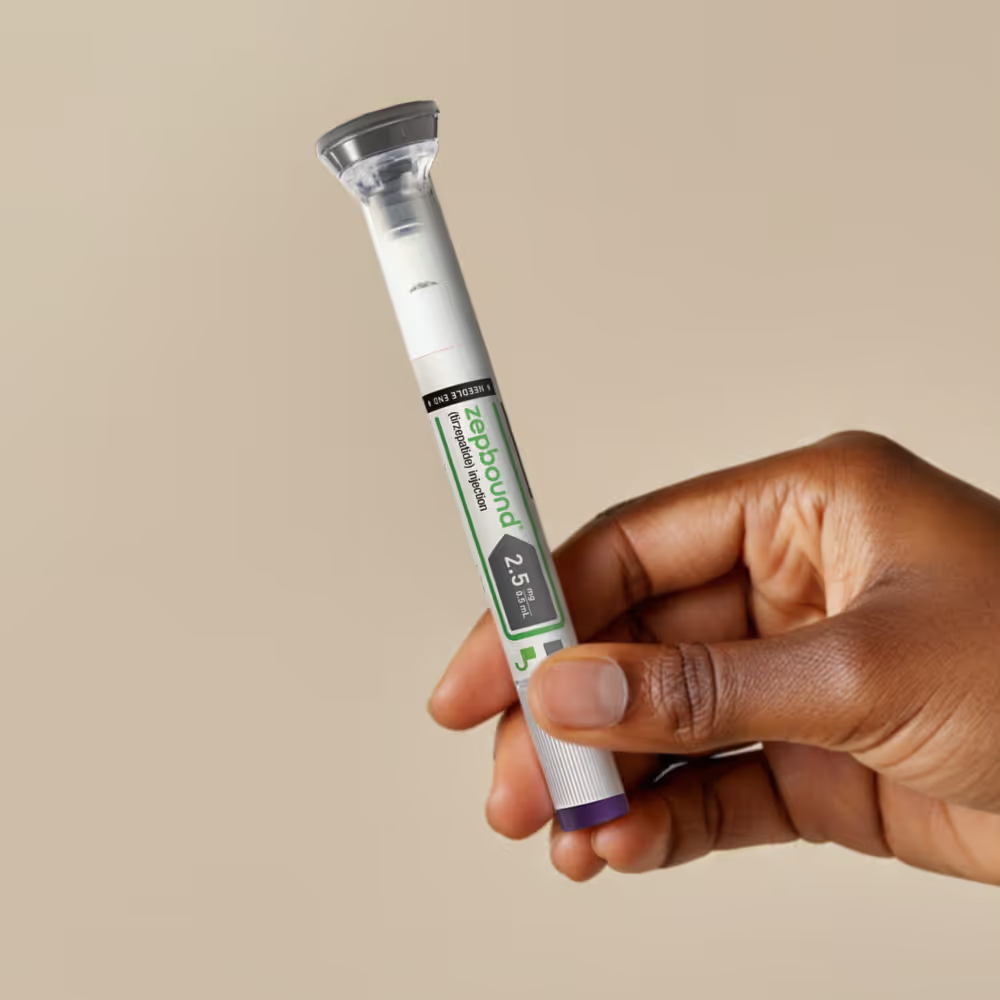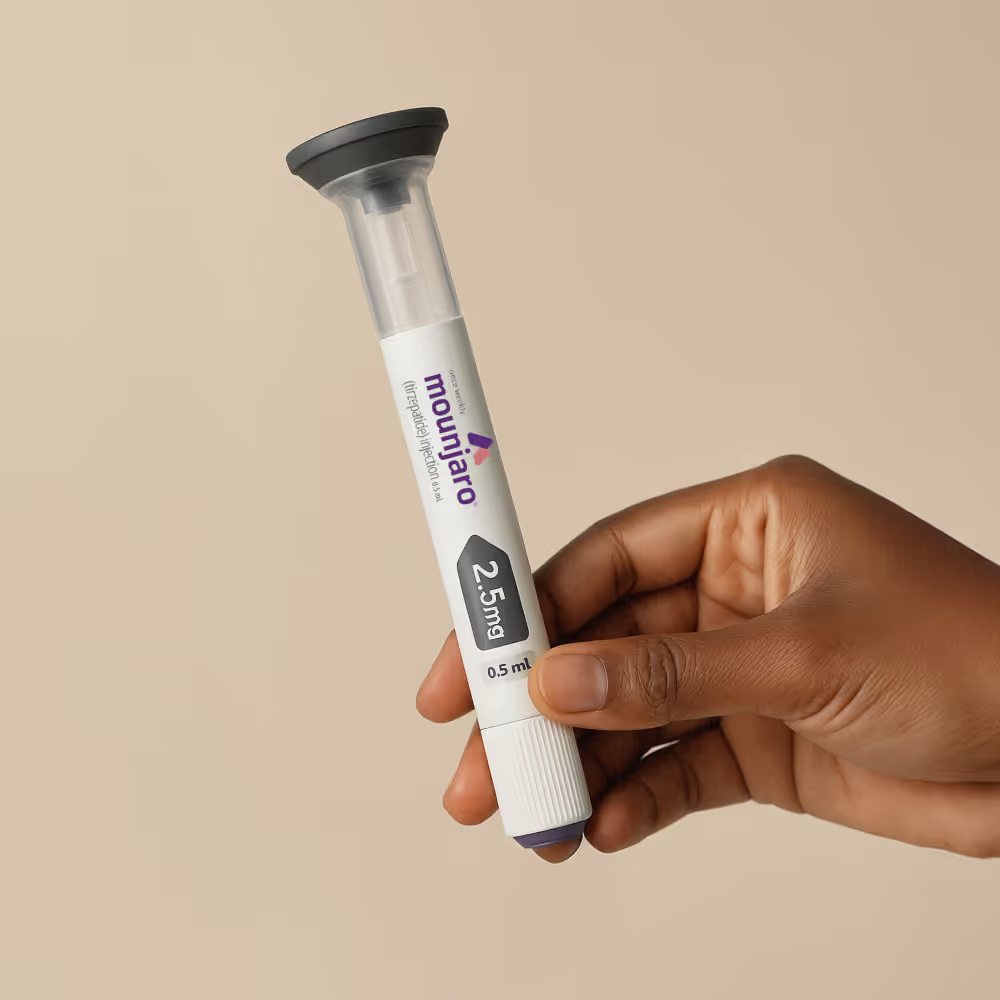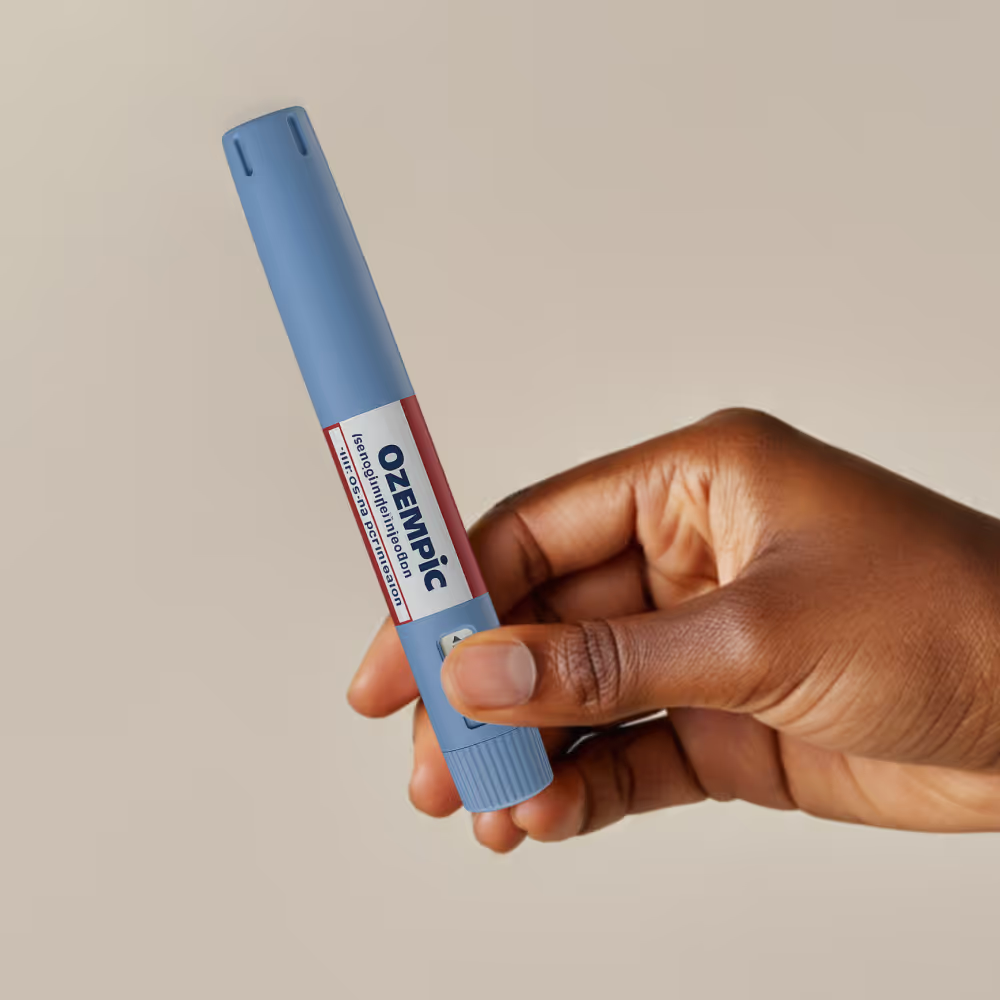What to Do When the Scale Stops Moving (Even Though You're Still Trying)
You’re doing everything right—eating well, taking your medication, moving your body—and then suddenly, progress stalls. The number on the scale won’t budge.
This frustrating moment is called a weight loss plateau, and if it’s happening to you, you're not alone.
The good news? Plateaus are completely normal, and they don’t mean your plan isn’t working. In fact, they’re often a natural (and temporary) part of long-term weight loss.
Let’s break down why plateaus happen—and how to move through them with patience and purpose.
What Is a Weight Loss Plateau?
A weight loss plateau happens when your body adapts to your current habits, and weight loss slows or stalls for several weeks—even if you’re still taking your GLP-1 medication and making healthy choices.
This doesn’t mean something’s wrong. It usually signals that your body is rebalancing—your metabolism is adjusting, hormones are stabilizing, or muscle composition is shifting.
Why Do Plateaus Happen?
Here are some common reasons:
- Metabolic Adaptation: As you lose weight, your body burns fewer calories at rest. This protective mechanism can naturally slow your progress.
- Hormonal or Sleep Disruptions: Stress, poor sleep, or cycle-related hormone shifts can all affect weight, fluid retention, and appetite.
- Muscle vs. Fat Shifts: You might be building lean muscle or retaining water—even if fat loss continues behind the scenes.
- Inconsistent Habits: If portion sizes increase, activity dips, or doses are missed, even small changes can stall momentum.
How to Move Past a Plateau
1. Check In on Your Habits—Without Judgment
Are you taking your medication consistently? Have small habits crept in—like larger portions or extra snacks? A few days of honest tracking can help spot subtle shifts.
2. Adjust Your Nutrition
As your body changes, your needs may too. Consider:
- Prioritizing protein to support muscle retention
- Swapping refined carbs for fiber-rich veggies and whole grains
- Drinking more water—hydration supports fat metabolism and digestion
3. Mix Up Your Movement
Your body loves variety. If you’ve been walking, add light strength training. If you’re doing intense workouts daily, a rest day or yoga might actually help reset your system.
4. Consider Prescription Add-Ons That Support Progress
Certain therapies can help break through a plateau by supporting your metabolism, energy, and body composition:
- B12/MIC Injections: Help boost fat metabolism, support liver detox, and increase energy—especially helpful when motivation dips.
- Oral Compounded Sermorelin (1,000 mcg): Stimulates natural growth hormone to support lean muscle retention, recovery, and improved fat metabolism.
- Metformin: Helps regulate blood sugar and improve insulin sensitivity—especially useful for those experiencing stubborn weight loss or midsection fat.
Your Alan Health provider can help determine which of these options might be a good fit for your current phase.
{{b12-mic}}
{{oral-sermorelin}}
{{metformin}}
5. Look Beyond the Scale
The number isn’t everything. Are your clothes fitting differently? Do you have more energy? Better sleep? These are signs of progress—even if the scale doesn’t reflect them (yet).
6. Talk to Your Provider
Your Alan Health provider can also evaluate whether your GLP-1 dosage needs adjusting—or recommend other science-backed options to help you regain momentum. Just reach out via your Alan Health Portal to discuss.
A Gentle Reminder
Your body is not a machine—it’s a living, adapting system. Plateaus aren’t setbacks. They’re a natural pause, not the end of your journey.
With patience, small adjustments, and the right support, you’ll move forward again. We're with you every step of the way!







































































.avif)

.avif)




